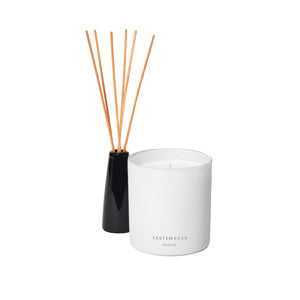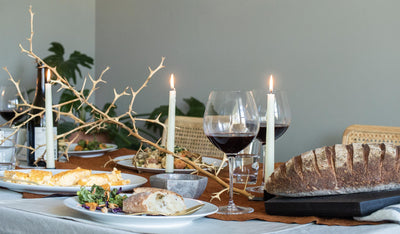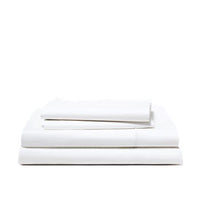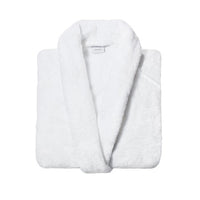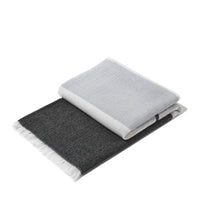
You’ve set the table many times — probably at your mother’s behest — but the chore you’ve long managed wasn’t just an exercise in behavioral skills (even though it is super relaxing to do right?). As meditative as fanning out flatware can be, you’re also making sure your guests have every single thing they need, the way people have done for hundreds of years. Let’s examine how the tradition of table settings became so traditional.
...
When the cavemen sat down for their first meal, the twigs were set left to right (kidding). Place settings didn’t actually take that long to emerge. At first in France, trenchers of bread—basically plates made of carbs—were the status quo. The term comes from Old French “tranchier” meaning "to cut,” and the term "trencherman" picked up steam as a moniker for someone devoted to eating and drinking perhaps a little too much. Eventually other crude tools became a regular part of dinner, with people using the knife both to cut, to spear and to eat their food. Soon enough, seating arrangements became de rigueur. In medieval times, to "sit above the salt" designated a place of honor at the table, so less prestigious guests were relegated to a position below the salt cellar on the seating chart.
"In medieval times, to 'sit above the salt' designated a place of honor at the table."
From there, place settings evolved, with fancier guests taking a BYOSU—bring your own silver utensils—approach. Those decadent spoons were often gifts for a baby’s baptism, more than likely creating that whole “born with a silver spoon” idiom. Napkins and forks didn’t become commonplace until the 18th century. Meanwhile, the fork was “invented” (there’s not a real patent for it, exactly) in Italy and rose to prominence. An obsession with simple functionality produced myriad variations that work for everything from fondue to oysters.
If you are feeling a bit Pretty Woman about place settings in the present day, let us help you out. We recommend using the Emily Post method. Spell “forks” as you set the table: from left to right, "f" for forks, "o" for the plate, "k" for the knife, "s" for the spoon (so technically it’s “foks” Mrs. Post, but we’ll let your poor spelling slide). Always keep the cutting edge of the knife towards the plate for safety and for aesthetics.
While you might have a party’s worth of silverware available, never place more than three of any implement on the table (the only exception is an oyster fork, which is almost too cute to count). If you’re serving more than four courses or even if you’re just tacking on a store-bought dessert, don’t forget to bring the serving utensils to the table as you’re bringing out the dish.
Taking your flatware from the drawer and eating directly in front of the kitchen sink also works - just as a back-up plan.
If you’re ready to move on from the hollowed out bread boats, it goes without saying that Snowe dinnerware works perfectly.








